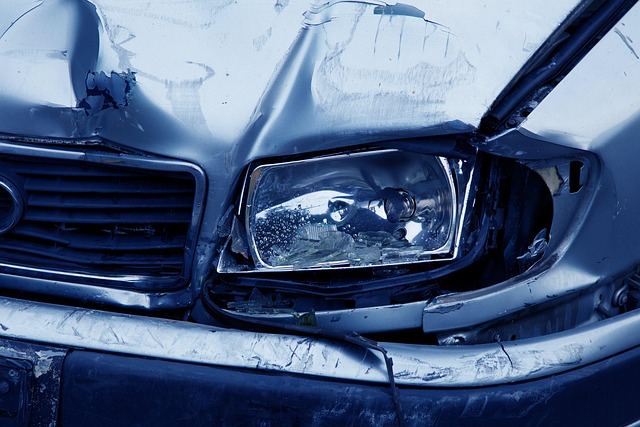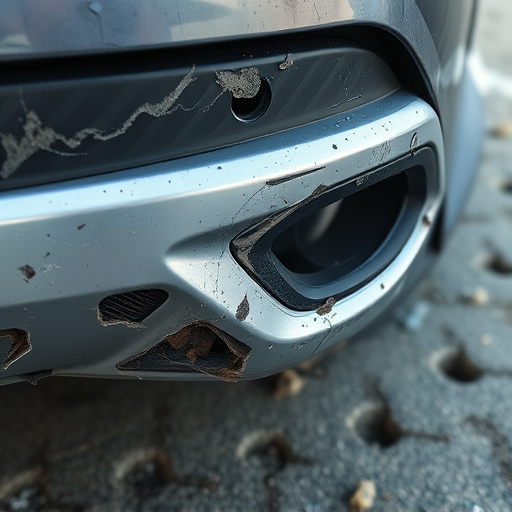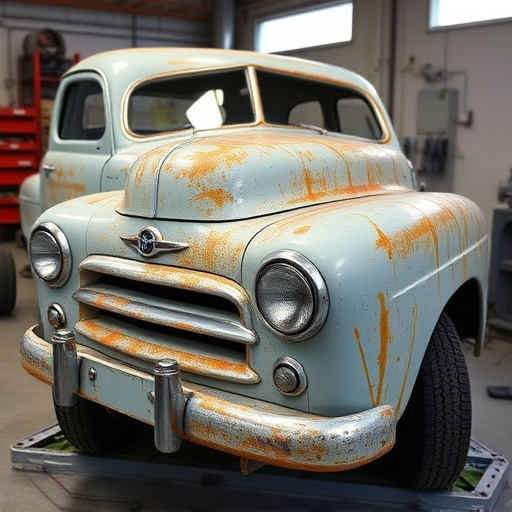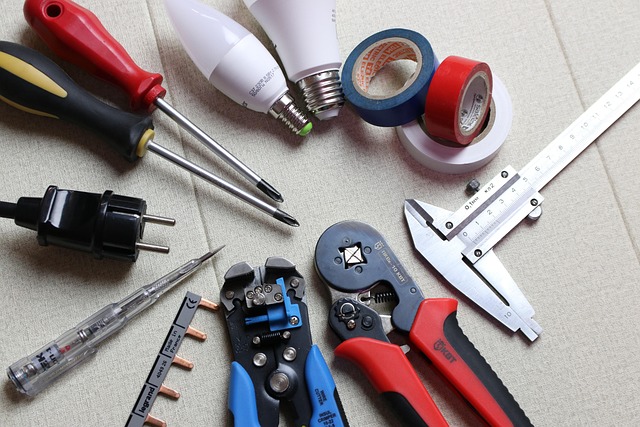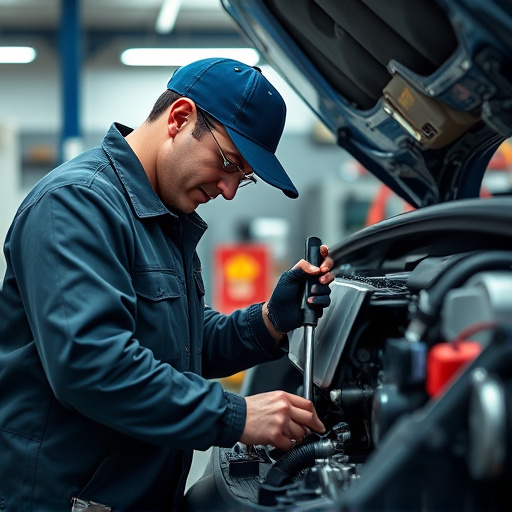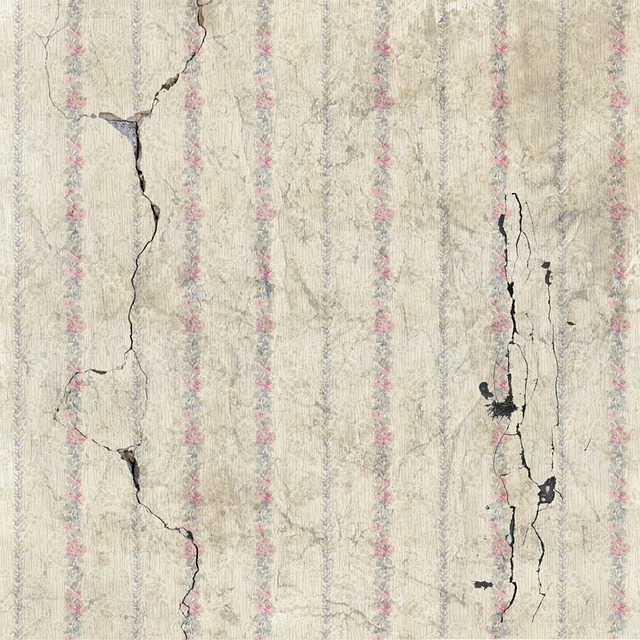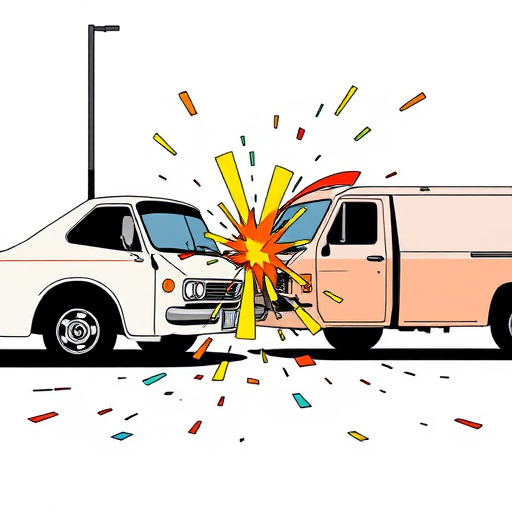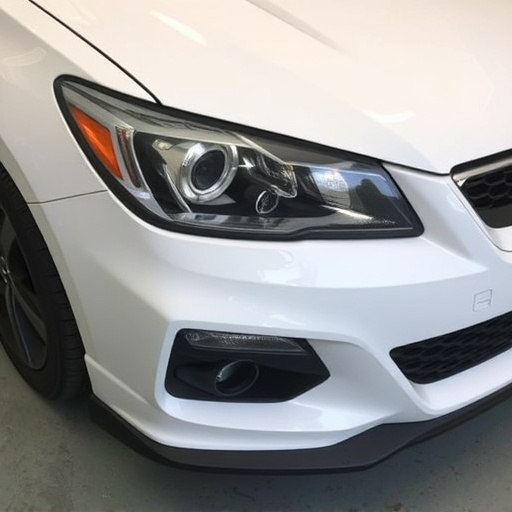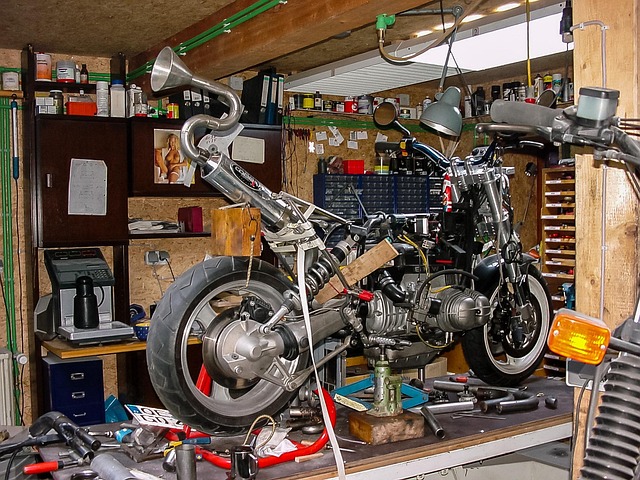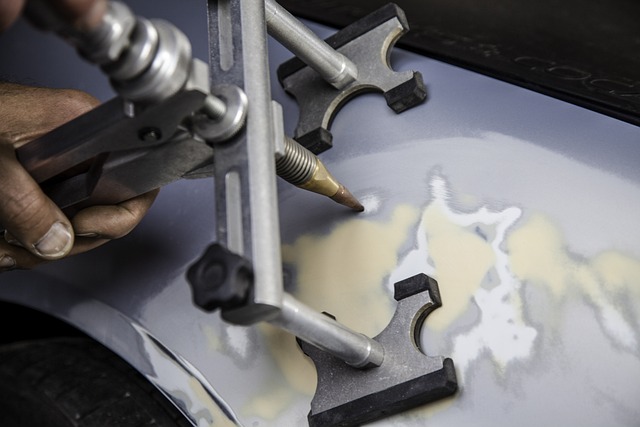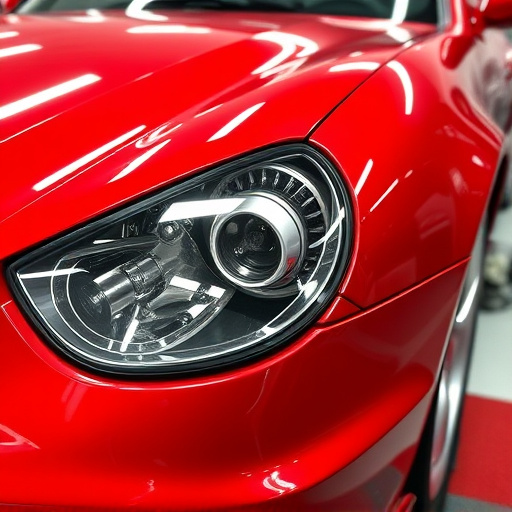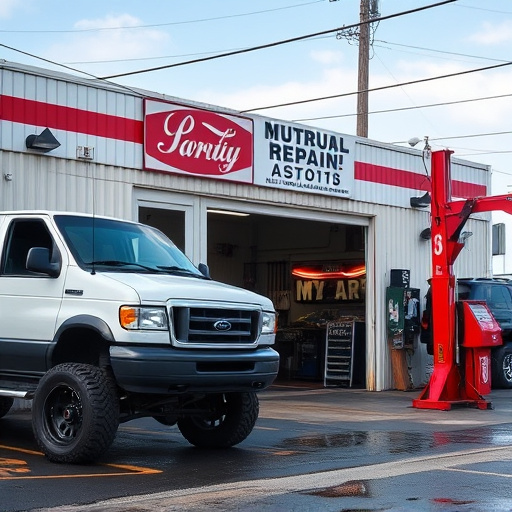Small cracks in windshields may seem insignificant, but they can compromise vehicle safety and increase the risk of future damage. If cracks progress, a professional assessment is crucial to decide between a simple repair or a full windshield replacement. Windshield replacement involves skill and precision, from removing damaged glass to fitting a new one with special sealers for durability. Regular care, including washing, waxing, tire checks, and prompt repairs, can prevent costly crack repairs and maintain your vehicle's safety and appearance.
In many cases, minor cracks in windshields can be mended, saving time and money. However, there comes a point when these repairs are no longer effective. Understanding when your cracked windshield requires replacement is crucial. This article guides you through the process of replacing a damaged windshield, from initial assessment to final installation. We also offer preventive measures to avoid future windshield damage, ensuring your safety on the road. Learn about the signs that warrant replacement and take control of your vehicle’s glass integrity.
- Understanding When Windshield Crack Repair Is Not Enough
- The Process of Replacing a Windshield
- Preventive Measures to Avoid Future Windshield Damage
Understanding When Windshield Crack Repair Is Not Enough

In many cases, small cracks on windshields might seem like an inconvenience that can be easily fixed. However, as time goes by, what starts as a tiny chip or crack can escalate into a significant safety hazard, rendering the windshield repair no longer effective. The strength and integrity of a windshield are crucial for your vehicle’s overall structural safety during an accident. If the crack has grown larger, affected the visibility, or caused the glass to become fragile and prone to shattering, it’s clear that traditional windshield crack repair is not enough.
While vehicle repair services can certainly address these issues, the decision to replace the entire windshield often comes down to the extent of damage and safety considerations. A professional assessment from a trusted car body repair specialist is essential in determining whether a simple fix or a complete replacement will ensure optimal vehicle safety and protect against further complications.
The Process of Replacing a Windshield
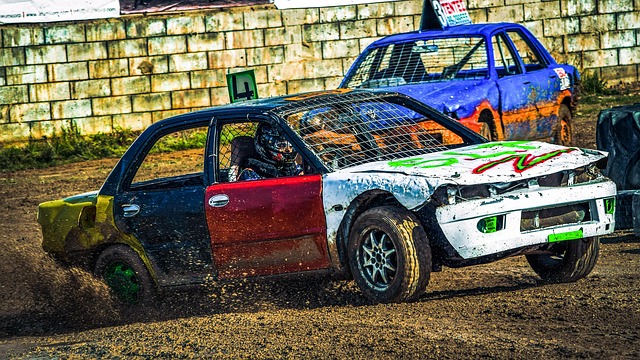
Replacing a windshield involves several meticulous steps that require both skill and precision. It begins with the removal of the damaged or cracked glass, which must be done carefully to avoid further complications or injuries. Safety is paramount during this process, as shattered glass can be hazardous. Once the old windshield is safely removed, the surface is thoroughly cleaned and prepared for the new glass. This preparation ensures a seamless fit and optimal adhesion.
The new windshield is then meticulously measured and cut to exact specifications, ensuring it aligns perfectly with the vehicle’s structure. Before installation, the auto painting experts at a collision repair center may apply a special sealer or adhesive to enhance durability and water resistance. Finally, the new windshield is carefully fitted, secured, and any excess material is trimmed away, leaving behind a clean, smooth finish that restores both safety and aesthetic appeal to the vehicle.
Preventive Measures to Avoid Future Windshield Damage
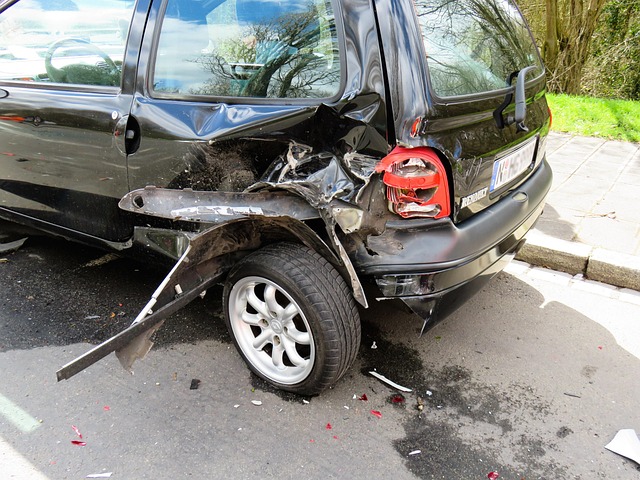
Preventive measures are crucial when it comes to safeguarding your vehicle’s windshield and avoiding costly crack repair or replacement. Regular washing and waxing of the windshield can create a protective barrier against dirt, debris, and UV rays, which are major contributors to cracks and chips. Ensuring proper tire pressure is another simple yet effective step; slight misalignments can cause excessive stress on windshields, leading to damage over time.
Additionally, maintaining a clear view for safe driving involves more than just legal requirements. Promptly addressing any minor nicks or scratches through professional auto repair services can prevent them from escalating. Car bodywork services that offer comprehensive windshield care, including coating and sealing treatments, can provide an extra layer of protection. These measures not only enhance your vehicle’s aesthetics but also contribute to its overall safety and roadworthiness.
In cases where windshield crack repair is no longer a viable option, replacement is the logical next step. Understanding when to make this decision and familiarizing yourself with the replacement process can save you time, money, and potential safety risks. By taking preventive measures and staying proactive about maintaining your vehicle’s glass, you can minimize the likelihood of future damage and ensure a smooth driving experience.

